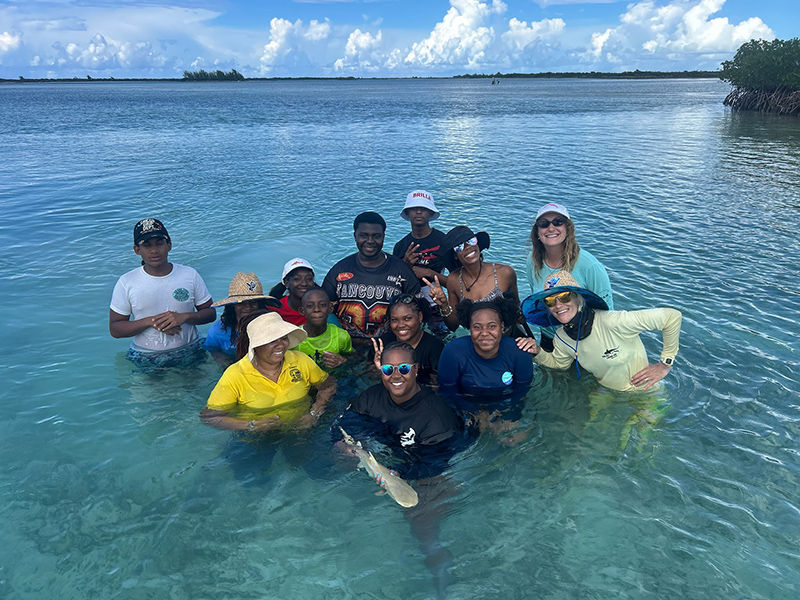January Elasmobranch of the Month: Dwarf Spotted Wobbegong
- Sharks4Kids

- Jan 30, 2023
- 2 min read
Dwarf Spotted Wobbegong
(Orectolobus parvimaculatus)
Key Features/Appearance
The dwarf spotted wobbegong, reaching a length of 94 cm (3.1 ft), is a species of carpet sharks. It has a flat body and head with a wide mouth and broad fins. Small, light-colored barbels hang from just above its mouth. The caudal fin is not forked. The pectoral fins are slightly rounded at the tips, while the pelvic fins are more rounded. The first dorsal fin is located more than mid-way down its body, above the pelvic fins. The color on top varies between shades of brown, gray, and yellow. These colors form irregular patterns resulting in broad, darker colored horizontal bands. There are also small, irregularly shaped circles the length of its body. Both the upper and lower jaws hold approximately 22 long, fang-shaped teeth.

Image : CSIRO National Fish Collection
Habitat and Distribution
The dwarf spotted wobbegong is endemic to Australia. Its range is limited to the Eastern Indian Ocean, at depths from 9 - 135 m (29.6 - 443 ft.).
Diet
The feeding behavior of this shark species is not known. It is presumed to be ambush predator, like other wobbegong species, that preys on small fish and crustaceans by very quickly sucking them into their mouths.
Reproduction
Not much is known about how dwarf spotted wobbegong reproductions. It is hypothesized they are viviparous based on what’s known about other wobbegong species. In this form of reproduction embryos are nourished inside the female while they develop. Their gestation period and size at birth is unknown..
Status
The IUCN Red List of Threatened Species currently lists the dwarf spotted wobbegong as Least Concern, with an unknown population trend.
Threats
Dwarf spotted wobbegongs are not targeted by commercial or recreational fishing industries. Western Australian law protects all sharks and rays from commercial fishing, outside of the State’s managed shark fishery. However, they are part of the bycatch on longlines and gillnets.
References
Planet Shark Divers
Sharkreferences.com
Sharkwater.com
The IUCN Red List of Threatened Species
Huveneers, C. & McAuley, R.B. 2015. Orectolobus parvimaculatus. The IUCN Red List of Threatened Species 2015: e.T161651A68639242. https://dx.doi.org/10.2305/IUCN.UK.2015-4.RLTS.T161651A68639242.en. Accessed on 13 January 2023.





















